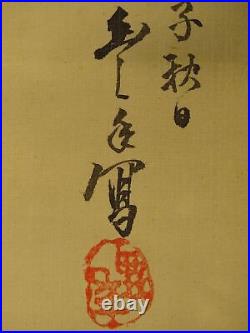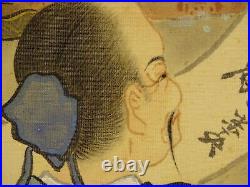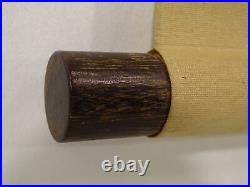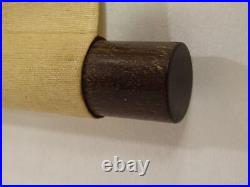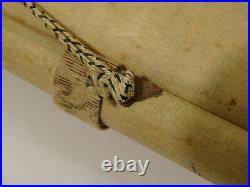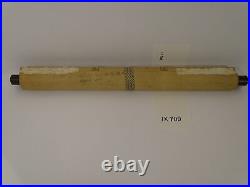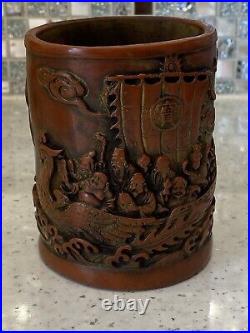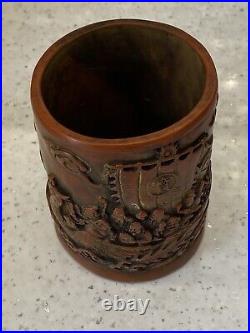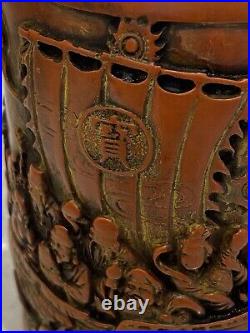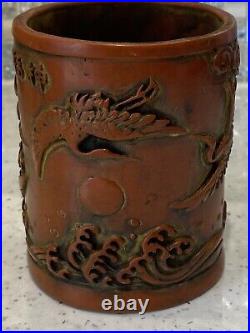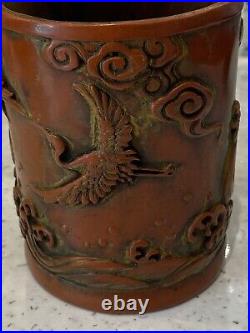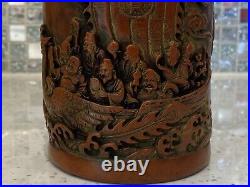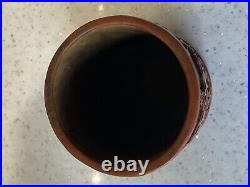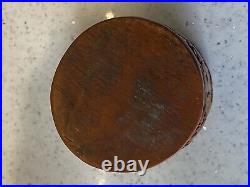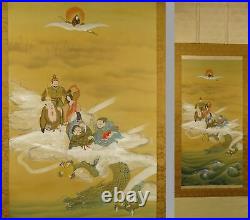
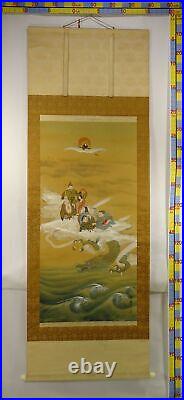
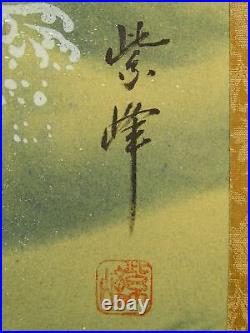
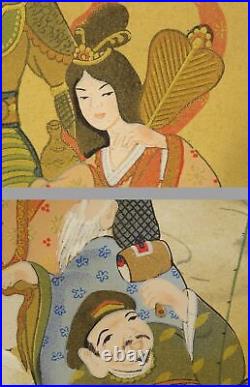
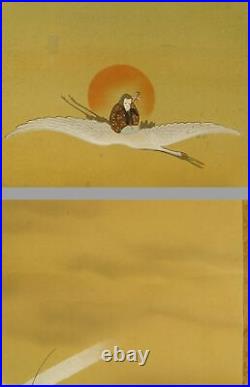


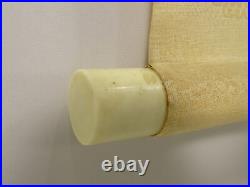


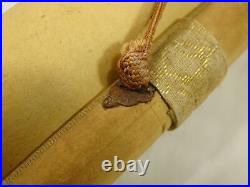
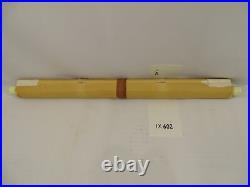

The Seven Gods of Fortune (, Shichi Fukujin), commonly referred to in English as the Seven Lucky Gods, refer to the seven gods of good fortune in the Shint? Religion, Japanese mythology, and folklore. They are often the subject of netsuke carvings and other representations. Each has a traditional attribute:? Ebisu, god of fishers or merchants, often depicted carrying a cod or sea bass. Daikokuten (Daikoku), god of wealth, commerce and trade. Ebisu and Daikoku are often paired and represented as carvings or masks on the walls of small retail shops. Bishamonten, god of warriors. Benzaiten (Benten-sama), goddess of knowledge, art and beauty, especially Music. Fukurokuju, god of happiness, wealth and longevity. Hotei, the fat and happy god of abundance and good health. Jin (Gama), god of longevity. The Japanese Hanging Scroll- and how to enjoy them? KAKEJIKU is traditionally displayed in TOKONOMA(an alcove in traditional Japanese room). They maily display for their guests and for carrying out the seasonal events. So why don’t you have a few and try changing them depends on the guests, seasons and even for your feelings! Modern Japanese houses even don’t have a TOKONOMA, so less and less people are displaying them these days. It is a shame that people forget about KAKEJIKU. However it is more important to actually display, respect and enjoy in your own ways rather than following all the traditional ways. You can enjoy freely and display in just like any ways!! This is a cheaper method than EMS and a faster method than SAL. But I don’t recommend SAL. When you request SAL, please contact me. Doing that is against U.



